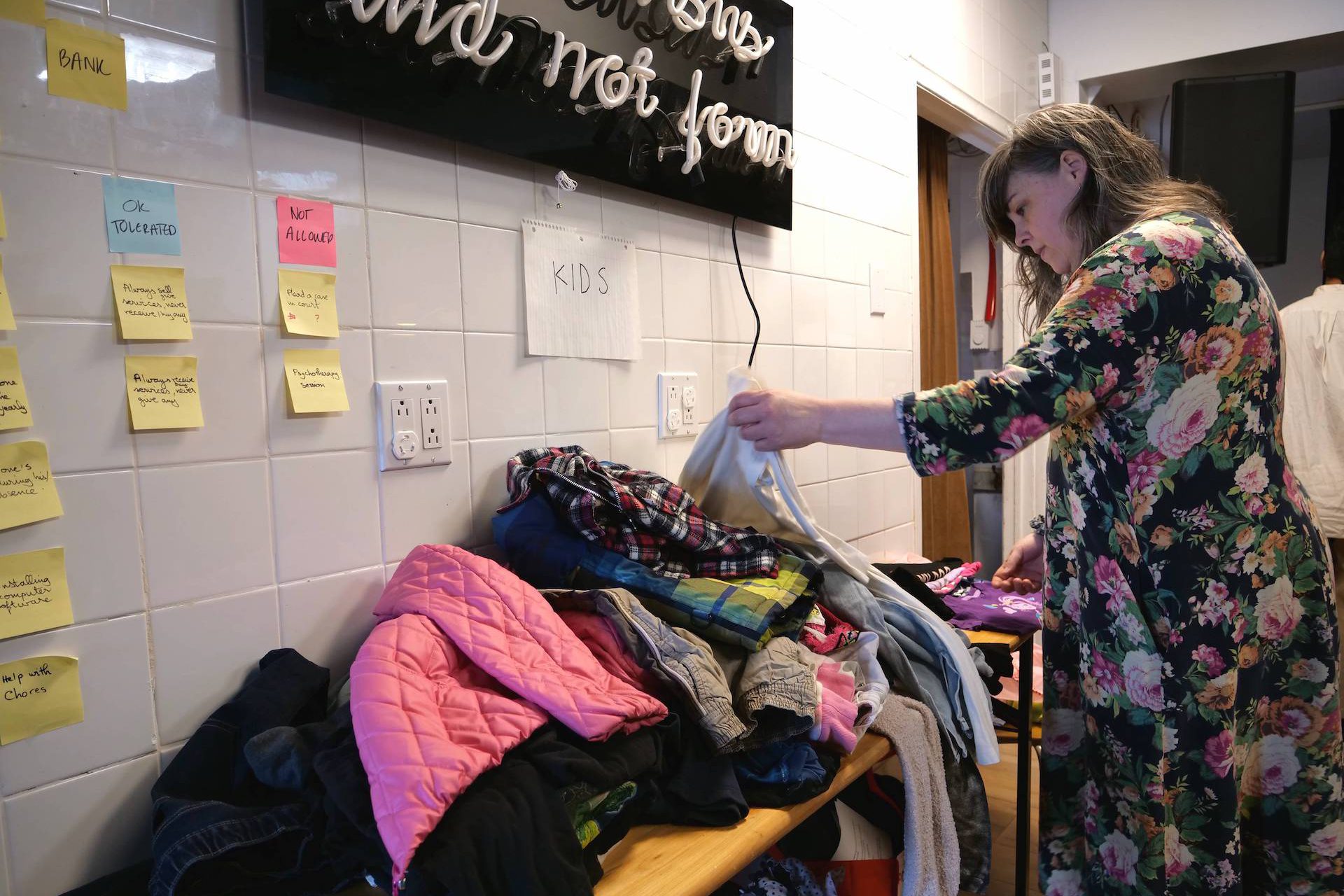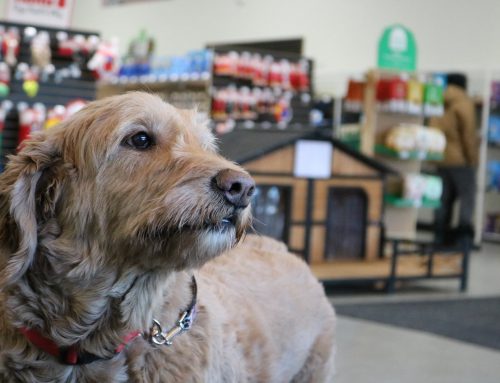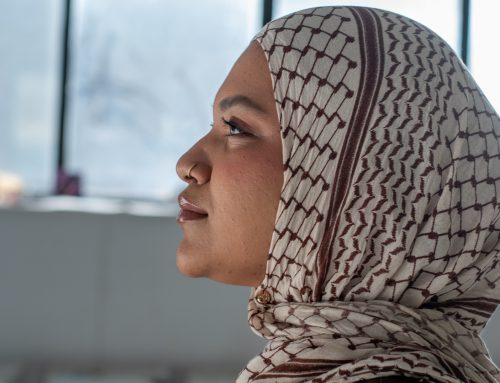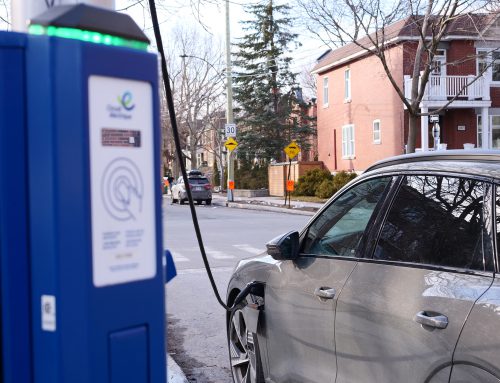BY Chloe Elek & Iness Rifay
When Manda Benn decided to try going to therapy, she soon realized how many barriers were in place.
When her social worker caught COVID, Benn suddenly lost contact with her. She was redirected to group therapy, but felt disconnected from the other members of the group. As the only Black woman, she began to feel shut out.
“I was just like, is depression different with ethnicity?” Benn says. “This is not helpful. This sucks.”
Benn also tried working with a psychoeducator, who she described as impatient and cold. She seemed to hold a grudge when Benn struggled to make it to appointments on time because of her depression. After three sessions, Benn was so frustrated that she stopped going.
Benn turned to the Black Healing Centre (BHC), a community group that promised Afro-positive mental health care. She had been volunteering to help out with some of their workshops and she started to wonder how their services may be able to help her.
Connecting with other people in the BHC helped Benn see that her experience wasn’t by chance. It was a systemic flaw in Montreal’s mental health care system.
“They were like, yeah, that’s systemic racism … that’s how they deal with us,” she says. “I felt my nervous system go into shock […] I then understood, and I was like, okay, no more CLSC.”
Benn joined a cohort of the BHC’s Black Women’s Collective Care Circles, a support group focused on communal care. She was finally able to feel comfortable.
“I didn’t have to defend who I am … I could just be,” she says.
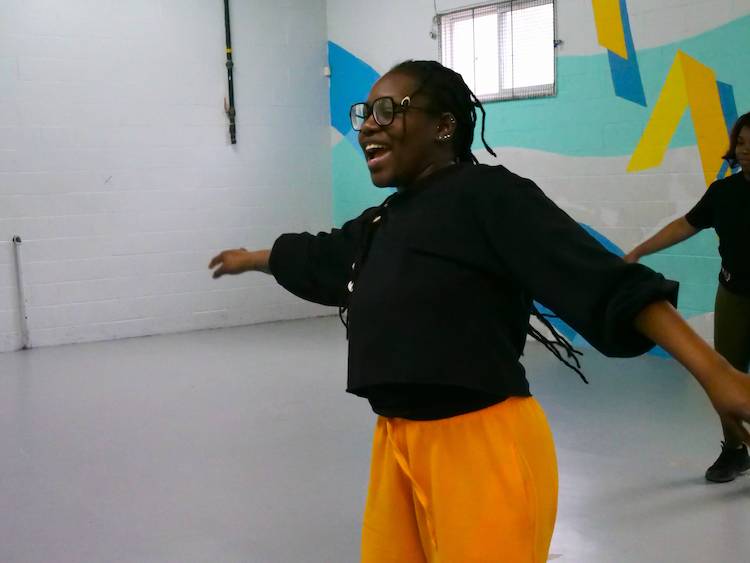
Manda Benn teaching a fitness class at a local community center. Photo by Chloe Elek.
Benn is not alone in having been failed by Quebec’s standard mental health care. Overall, mental health services are struggling to meet Montrealers’ needs, resulting in long delays before people can receive help. The Coalition of Quebec Public Sector Psychologists reports wait times of six to 24 months before meeting with a psychologist in the public network.
Therapists are also often unequipped to address the effects of racism on people of colour, which can make it less effective for them.
“[Black folks] tend to also be privy to issues like racial trauma, that is oftentimes undiagnosed in our current, regular system,” says Daniele-Jocelyne Otou, President of the board of the BHC.
The BHC provides options that are often left out of mental health treatment.
“There are many other ways of healing that often times the Western lens fails to take into account for Black folks,” Otou says. “We have our own traditional medicine, we have ancestral healing … community plays a big role in how we heal as well.”
The BHC’s services include Care Circles for Black women and Black queer and trans people, trainings for community care practitioners, and nature retreats. Most of the programs are developed in collaboration with members of the community. Otou says the organization supported around 75 people in 2023.
Across Montreal, organizers and members of marginalized communities are facilitating their own healing by drawing on their strength as a collective and their ancestral ways of healing.
“We can’t wait on the system to save us,” Otou says. “By knowing and understanding how to organize as community members and as allies, that truly will be the antidote to the harm that the system causes.”
Therapeutic spaces and justice processes in Montreal also fail to acknowledge Indigenous ways of healing, but they have always been practiced and are still today. The First Peoples Justice Center of Tio’tia:ke/Montreal (FPJCM) practices Indigenous alternatives to the criminal justice system. The FPJCM focuses on healing through immersion with community and culture, by and for Indigenous people.
Restorative Justice Coordinator Amy Edward finds options to deal with conflict that are rooted in Indigenous ways of knowing.
“We don’t have to always rely on colonial judicial processes to try to fix the problem, because they’re clearly not,” she says.
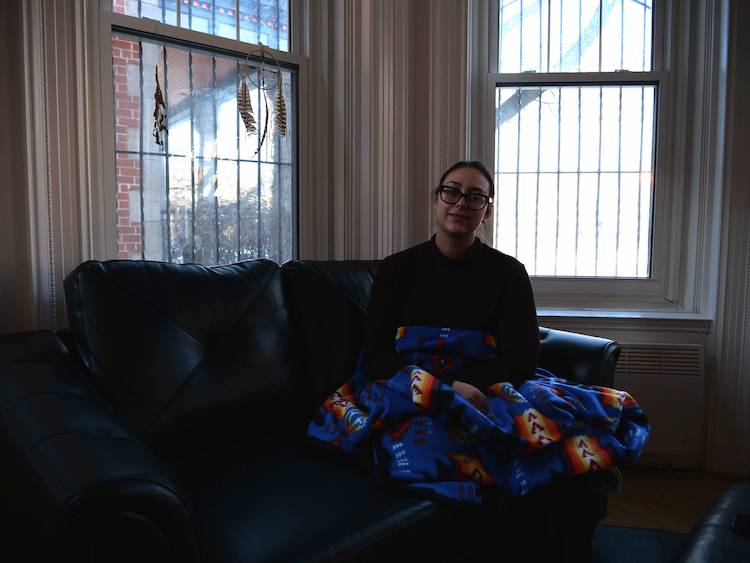
Amy Edward at the First Peoples Justice Centre of Montreal. Photo by Chloe Elek.
“The way in which we as Indigenous folks gather, the way in which we support each other, and the sharing of intergenerational knowledge and kindness and respect is an important and extremely valid way of resolving conflict,” she adds.
Edward works with people to seek out alternative justice, helping them to find the type of support they need. Cultural workshops, land ceremonies, and working with Elders are common. Edward also facilitates circles which bring together community members who have experienced harm to find resolution.
Restorative justice approaches look at offenders holistically, according to Edward.
“Just looking at colonial criminal court files…We know that doesn’t define people,” she says.
Organizations promoting community healing in Montreal. Map by Chloe Elek.
Restorative justice methods often intertwine with the conventional justice system. Crown attorneys may refer a person committed of a crime to the FPJCM to access restorative justice instead of appearing in court.
Frédéric Mégret, Professor of Law at McGill University, says that many people within the mainstream legal system consider restorative justice an intriguing alternative.
“There’s certainly a pretty widespread belief amongst scholars of criminal law that the system is not working the way it was supposed to,” he says. “There is restorative justice as part of an effort to move away from only punitive responses.”
However, Mégret says that options for restorative justice are still quite limited, and that most people think the criminal justice system’s methods are justified for “serious crimes.”
“The system still operates in a very conventional way, punishing, punishing, punishing,” Mégret says. “In the midst of all this, there’s a growing chorus that says we need some more creative thinking.”
How Chinatown, a neighbourhood split between the desire to feel more safe and the need for more police, starts to explore alternative solutions to its safety dilemma. Video by Iness Rifay.
FPJCM’s restorative justice program has seen growth in recent years, in part due to the introduction of the Indigenous General Alternative Measures program (GAMP) at the Municipal court of Montreal in February 2022. GAMP gives those accused of certain offenses the opportunity to try alternative measures instead of the typical legal procedures.
Edward receives referrals from the GAMP, as does restorative justice network Équijustice, and Montreal North’s Hoodstock. In their 2022-2023 annual report, the FPJCM said 20 individuals had accessed GAMP through Edward since September 2022.
Edward believes that a restorative justice approach is best for any conflict. “The reality is that the folks I support are being criminalized for social-related needs,” she says. “Either not having enough money, not having access to housing, not having access to food security […] there’s a small percentage of this extreme violence, but there’s way more folks who are just getting criminalized for not having access to the means they need.”
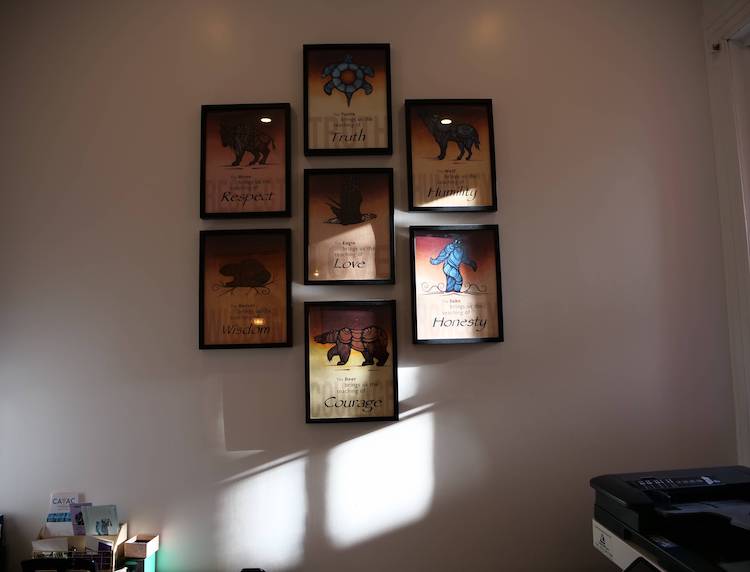
Art at the FPJCM depicting the origins of Indigenous teachings. Photo by Chloe Elek.
In Parc-Extension, the grassroots organization Brique par brique works to bring the community together to better support each other.
“We get people in the neighbourhood to realize that they’re not alone,” says the organization’s director, Faiz Abhuani. “When people are not isolated, they feel like they can seek help.”
Brique par brique addresses issues in the neighbourhood caused by ongoing gentrification and lack of affordable housing. But the ultimate goal is to bring people together.
The organization’s projects work to improve housing security for members of the Parc-Extension community. But Abhuani also emphasizes the organization’s focus on “inner security,” which includes community building and inclusion. Through this connection, Abhuani also hopes to reduce harm within the community.
“It’s harder to other and alienate people that they have a hard time connecting with, because we’re able to bridge those cultural divides and humanize people from different places,” he says.
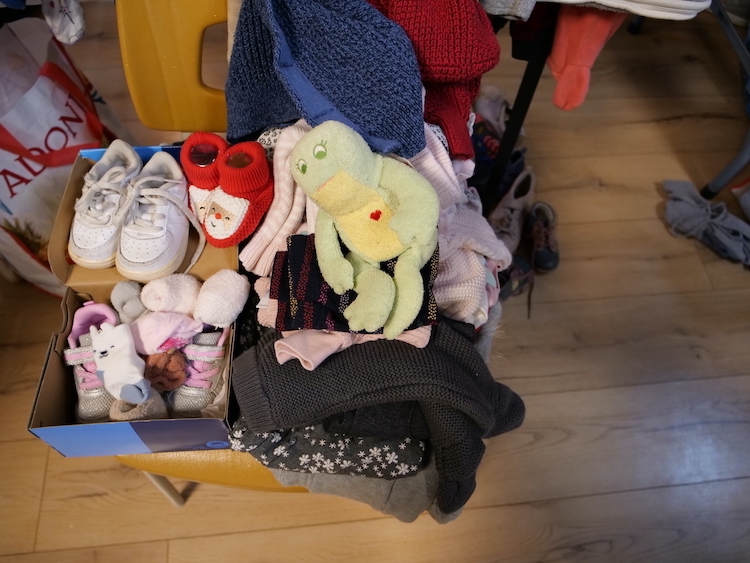
Children’s items at Brique par brique’s bazaar. Photo by Chloe Elek.
“The main goal is to change the world,” he says, “by changing the ideas about what’s possible.”
Brique par brique is currently developing a housing project that will provide 31 apartments designed for low-income families..
Abhuani believes that building these connections will give people hope and empower them to find solutions.
“If they have courage, if they trust the process, if they talk about their problems, if they help each other out, they can get out of their funk, whatever that funk might be,” he says.
For Benn, the connections built through the Black Healing Centre remain strong. She has continued volunteering with the organization, which she sees as a way to pay it forward.
“I really, really want to see the Black Healing Centre grow,” she says. “We want people that we can reach out to, and just love up on, and aid…I’m for it.”
